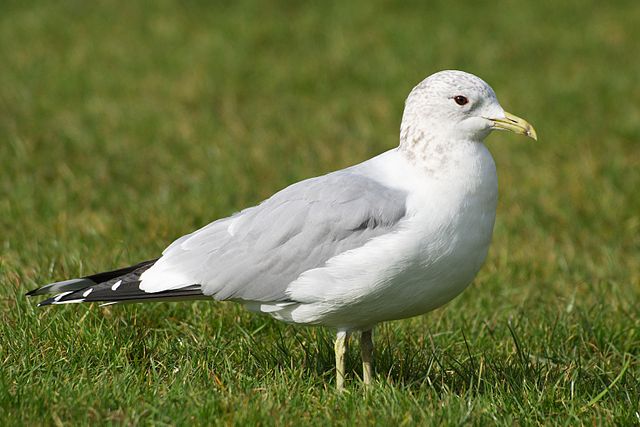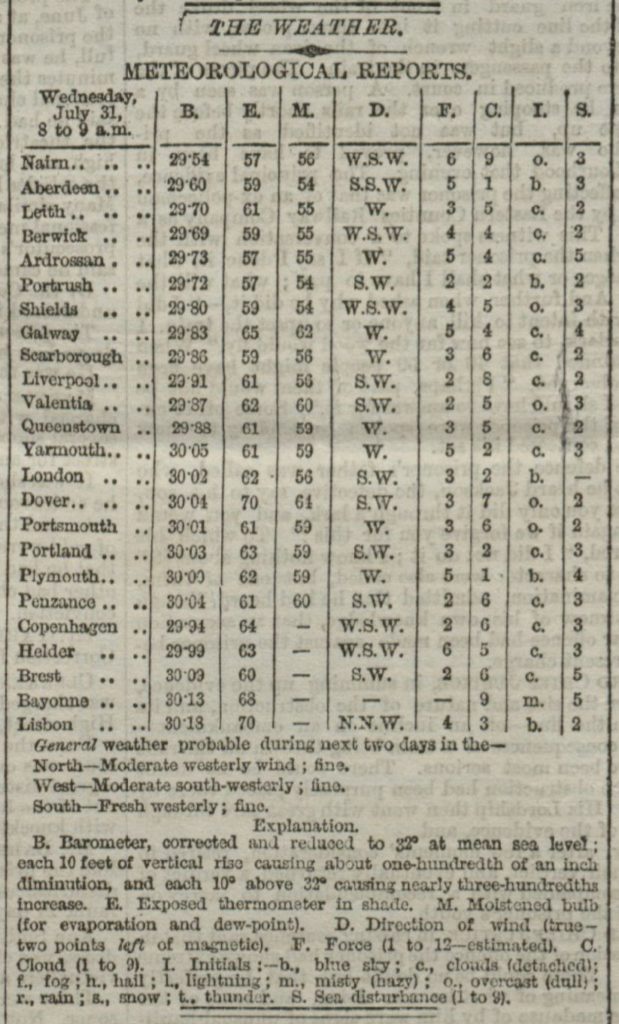
In the past people observed nature in order to predict the weather. Known as weather lore, this wisdom was passed down through the ages. While some sayings had no scientific grounding, others have been shown to be accurate based on scientific research. However, but these generally relate to relatively short-term weather predictions such as animal behaviour prior to a storm. A resident of Crookhaven noted:
When the gulls were seen on the land it was a sign of coming storms or rain. An old saying was ‘Sea gulls on land is a storm at hand’. (The Schools’ Collection, Volume 0287, p.035)
while the following weather lore came from Ballydehob:
If the sky is covered with brown clouds it is believed that it is for rains. When the moon is surrounded by a circle it is believed that that is for bad weather. It is believed that blue clouds are for a thunder storm. It is the south east wind which brings the most rain in my district. It is believed that when the swallows fly high that that is a sign of good weather, and that when the swallows fly low it is a sign of bad weather. It is believed that when rain is near some kinds of insects fly around. Women believe that it is a sign of rain to see soot falling. (The Schools’ Collection, Volume 0291, Page 051).
Prior to the mid-nineteenth century there was no way of forecasting in the longer term, which is why events such as the Night of the Big Wind took people by surprise.
In Ireland, scientific institutions, and landlords who were interested in science, had been tracking meteorological data such as rainfall, pressure and temperature since the late eighteenth century (Butler et al., Trends and Cycles, 2007). However, a scientific way of forecasting weather was not developed until the mid-nineteenth century.
Because long-term weather conditions could not be predicted, ships were frequently lost at sea during storms. If was thought that if scientific techniques could be developed to forecast the weather, then maybe some of these weather-related shipping losses could be prevented. In 1854 Capt. Robert FitzRoy (of HMS Beagle fame) was selected to establish a Board of Trade department to investigate the possibilities of weather forecasting.
FitzRoy developed the first storm warning service and introduced the use of charts to record weather observations. As a result of his efforts, in 1861 the first weather forecast was published in The Times. The weather conditions at twenty-four stations were listed, including four in Ireland: Galway, Portrush, Queenstown (Cobh) and Valentia. In 1863 Fitzroy published The Weather Book: A Manual of Practical Meteorology.


